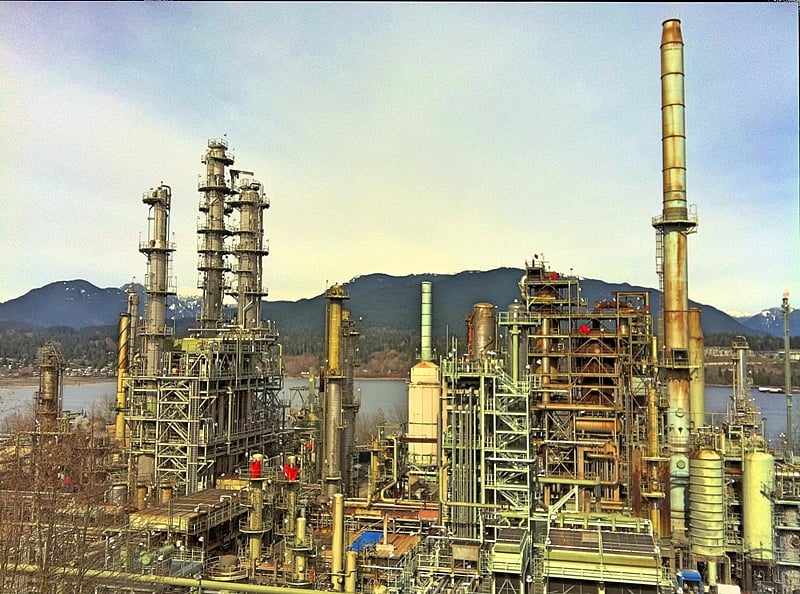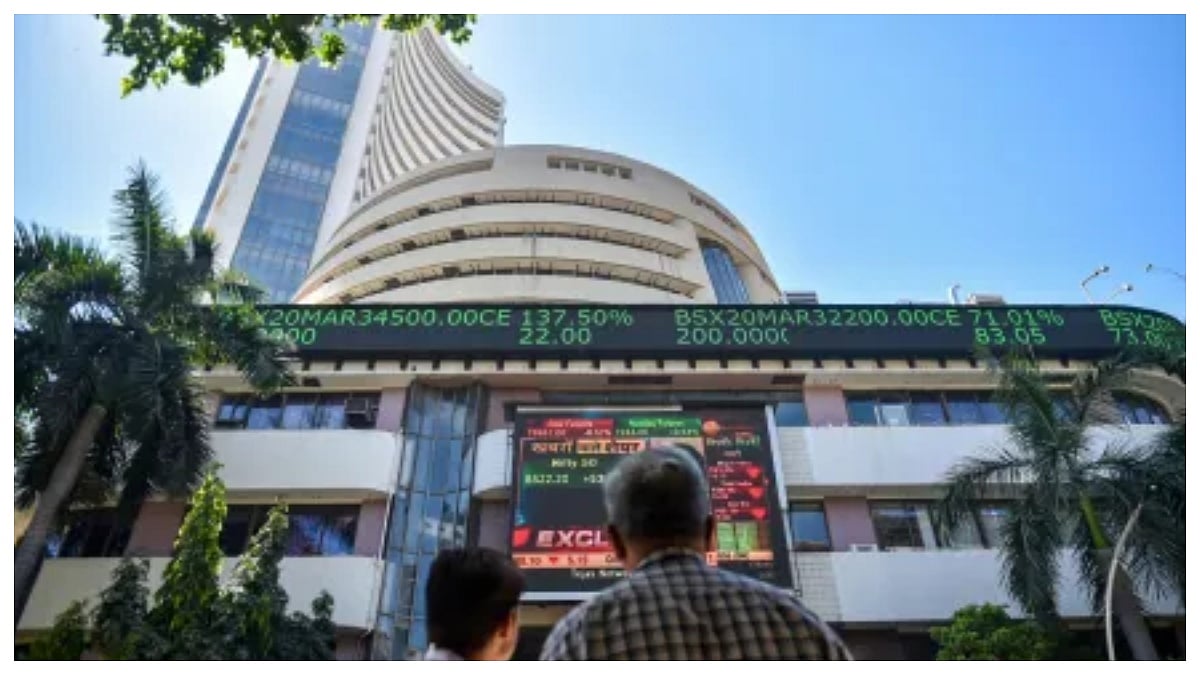The price of crude oil has touched the $60/bbl mark, the highest since mid- 2015. Strong assurances from OPEC and Russia regarding the extension of the production cut deal has pushed oil prices above $60 per barrel, possibly bringing oil prices into a new higher range. OPEC, Russia and other oil exporting countries have pledged to hold back 1.8 million bpd in oil production in order to tighten markets until the end of March to drain a global supply glut, which is one of the key factors contributing to the oil price hike.
Chart 1: Brent Oil price movements from the start of the year ($/bbl)

Source: Bloomberg
Chart 2: Brent Oil price movements in the month of October ($/bbl)

Source: Bloomberg
Since June 2017 onwards, prices of Brent have been on a rise, reason being drop in US crude inventories, a stronger expected growth in demand this year , Geopolitical tension between OPEC countries and due to the disruption in production caused by the cyclonic activity in the USA. Since Mid- July, Saudi Arabia, which is the largest oil exporter pledged to lower crude oil exports and Nigeria had also been speculating about cutting down and limiting on production levels of crude oil. Saudi Arabia was later backed by Kuwait, another member of the OPEC cartel in steeping up of cutting on the production levels of crude oil.
In October prices of global crude oil really started to increase sharply as Saudi Arabia pledged to reduce November exports and OPEC reaffirmed its commitment to rebalance the global supply glut. OPEC’s Secretary General Barkindo had also called on US Shale producers to reduce their supplies and work towards stabilizing global production.
Oil prices were also impacted by the rising tension between the Iraqi and Kurdish forces as the Kurdistan region of Iraq (KRI) pressed to hold a referendum on independence. The referendum was not only to be held in the three provinces formally under Kurdish jurisdiction but also include disputed areas claimed by both the Iraq government and the Kurdistan Regional Government. One such area was the oil rich province of Kirkuk. Kirkuk produces close to 400,000 barrels a day, which makes up almost 10% of total Iraqi production. Therefore, the Iraqi central government risks losing its position as the second-largest producer in OPEC to Iran were Kurdistan to declare independence.
Global Views
Globally the sentiment towards the oil rise is that the likelihood of OPEC to extend its output cuts raises expectations for a balanced market, but with U.S. crude production on a rise, OPEC’s efforts to clear a global overhang will result in a short term solution for the supply glut.
EIA is bullish on its forecasts as they estimate total U.S. crude oil production to average 9.2 million/bbl per day in 2017 and 9.9 million/bbl per day in 2018, which would mark the highest annual average production in U.S. history, surpassing the previous record of 9.6 million/ bbl per day in 1970. Analysts predict that with an extension of the OPEC-Russia deal likely to continue to at least late next year, prices will find ongoing support. But on the flipside, an extended rally will see a strong supply response from US shale producers.
Analysts with another school of thought fear that the glut will turn into a supply crunch next year. In addition, some investment banks expect the U.S. crude oil production in 2018 to underperform forecasts, which could remove some part of the cap on oil prices that American shale has kept since the start of this year. They also believe the market is currently undersupplied, and if the OPEC/non-OPEC cuts are extended through the end of 2018 then the oil market will remain in modest under-supply until 2019.
How does the rise in Crude Oil prices affect India?
According IEA worldwide consumption of crude oil is 96million/ bbl per day. India is world’s third-largest consumer of crude oil. According to PPAC and CARE Ratings estimates India imports around 4.2 million bbl/per day. At the macro-level, with imports of ~1,575 million barrels of crude oil on an annualised basis, a dollar increase in prices on a permanent basis would increase the bill by roughly $ 1.6 bn or Rs 10,000 crore on an annual basis. In FY17 the oil import bill was $ 86 bn with physical imports of $ 215 mn tonnes averaging around $ 55/barrel.
If prices do reign at above $ 60/barrel, then there would be pressure on the import bill by around $8-10 bn. Given that the trade deficit has been widening of late at $ 74.3 bn for the first six months compared with $ 43 bn last year, the balance of payments would be pressurized. Prices of Brent Oil and Indian Basket of crude are highly positively correlated to an extent that the changes of Brent oil are reflected with the same percentage change in the changes of the Indian Basket of Crude oil on a monthly basis. If the prices of Brent Oil were to continue rising sharply even the prices of the Indian Crude oil basket will rise in the same pace and
reflect the global price rise.
Chart 3: Price Movements of Brent Crude Oil and Indian Basket of Crude Oil ($/bbl)

Impact on prices
Crude oil and its products have a weight of 10.4%in the WPI. Of this crude oil and natural gas have a weight of 2.4% and mineral oils around 8%. With the exception of LPG and kerosene (with combined weight of 0.83%),the rest would be driven by market forces. Therefore, any increase in the price of crude oil would tend to impact the WPI inflation number commensurately. With the state duties/taxes being ad-valorem, the final impact would be higher than the change in crude prices. 10% increase in crude oil prices would lead to around 0.5-0.7% increase in the WPI directly.
In terms of the CPI a lot depends on how prices react at the retail level. Petrol/diesel/LPG has a weight of 2.4% and transport based on such fuel 1.9%. Full transmission of 10% increase can increase final price by 7-8% and CPI inflation by up to 0.3-0.35%.
Concluding remarks
Annexure: A Primer on concept
Brent refers to crude oil from four different oilfields in the North Sea: Brent, Forties, Oseberg, and Ekofisk. Out of all the crude contracts around the world, about two-thirds of them use Brent as a pricing benchmark. This makes Brent the most widely used marker. The oil extracted from Brent is usually light and sweet which makes it very easy to refine into diesel fuel, gasoline, and other products. The oil supply is also water-borne which makes it easy to transport to distant locations. It makes sense why Brent holds two-thirds of the contracts.
WTI or West Texas Intermediate refers to the crude oil that is extracted in the United States and travels by pipeline to the hub in Cushing, Oklahoma. The oil from WTI is a lot like Brent in the sense that the oil is light and sweet. This makes it ideal for gasoline refinement in particular. Although the quality of oil is very similar between WTI and Brent, WTI is more limited to contracts inside of the U.S. because suppliers are land-locked. This makes shipping this oil across the globe pretty expensive.
WTI and Brent used to historically trade at the same price but in 2011, Brent started to trade at a premium, as US inventories started to build and also the use of new drilling technology, increase of supply, and increased infrastructure, the WTI price has stayed slightly lower than the Brent price. Also A dynamic relationship exists due to macro domestic economic influences for WTI vs. macro global economic influences for Brent. WTI has been weaker relative to Brent as rising U.S. production has capped prices there.
The composition of Indian Basket of Crude oil represents Average of Oman & Dubai for sour grades and Brent (Dated) for sweet grade. The ratio of crude oil for this purpose is taken based on actual sour and sweet grade crude oil processed in the country in the previous financial year which is 69.9 : 30.1 for 2013-14. Crude oil with high amount of sulphur is termed as sour and with less sulphur is called the sweet grade. The price of Indian Basket is updated on the site of Petroleum Planning and Analysis Cell









